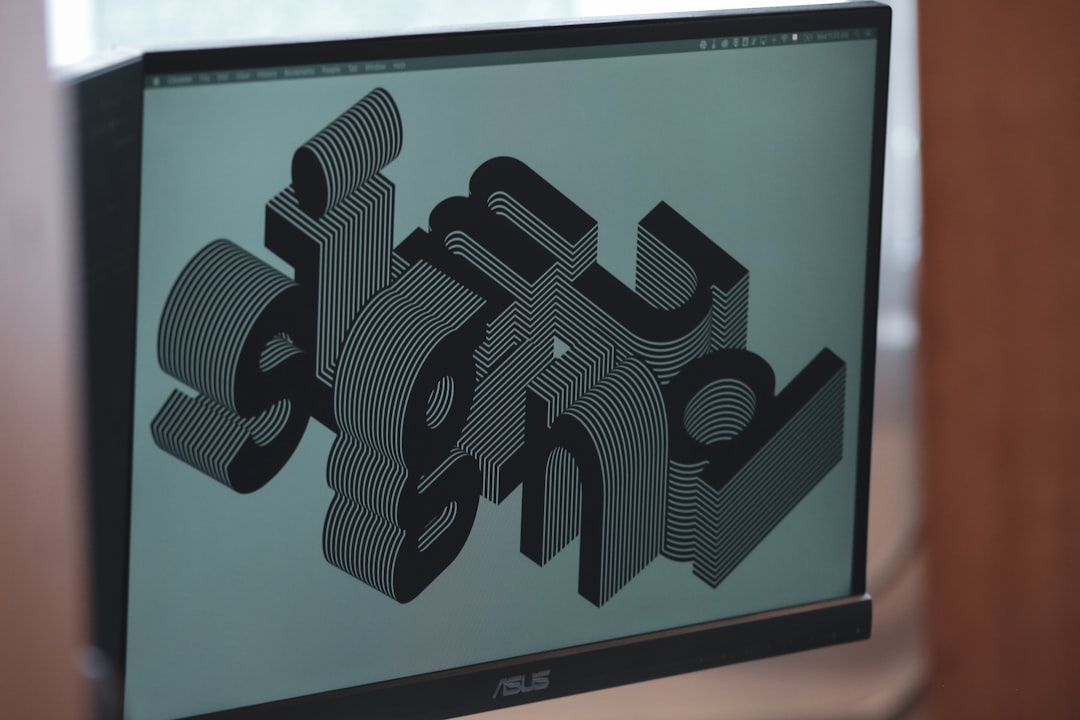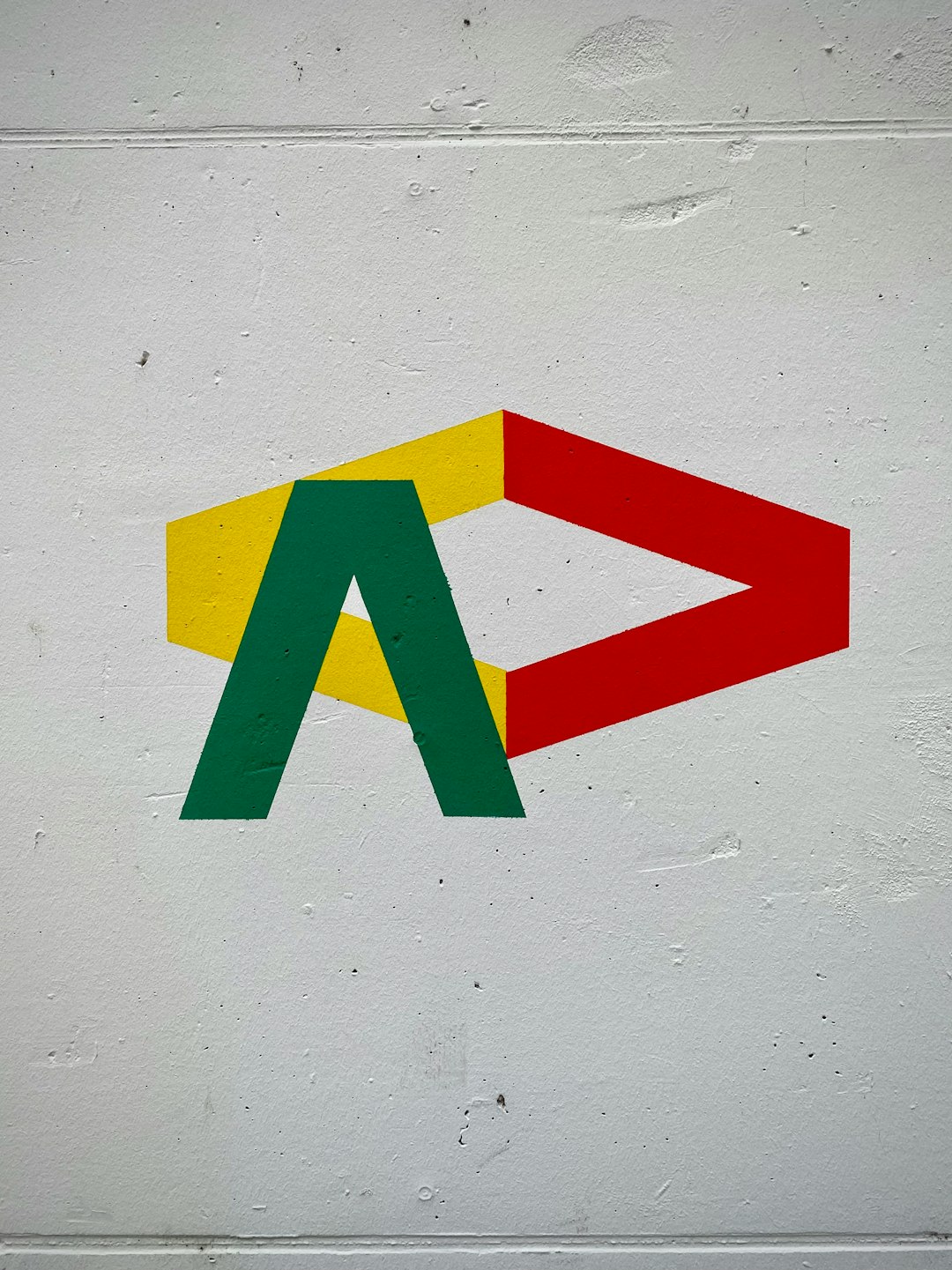Creating a logo that works just as effectively at 24 pixels as it does at 2400 pixels is no easy feat. It requires a careful balance of design elegance and scalability, with an acute awareness of how visual elements behave at both micro and macro levels. Whether it’s for a favicon, a mobile app icon, or a billboard on the highway, your logo must be ready to look clean, clear, and recognizable.
TL;DR: A great logo must be both scalable and versatile. Prioritize simplicity, clarity, and strong geometry. Avoid unnecessary detail and fine lines, which get lost at small sizes. Create multiple versions and test your logo extensively across different resolutions to ensure it maintains brand integrity everywhere it’s seen.
Why Size Matters in Logo Design
The best logos are those that embody your brand’s identity while remaining visually effective regardless of size or format. In today’s digital world, your logo may appear as a tiny icon on a browser tab or a massive print on stage during a product launch. Poor scalability can lead to lost details, illegibility, or a distorted brand presence.
Here’s what you need to consider:
- At 24 px: Every pixel counts. Intricate detail vanishes, so only bold, simple shapes and clear negative space survive.
- At 2400 px: You need precision and balance. Small alignment issues become big visual flaws at large sizes.
Key Principles for Logo Scalability
1. Simplicity Is Your Superpower
Logos that scale well are often the simplest ones. Think of logos like Apple, Nike, or Twitter. They’re striking, clean, and uncomplicated.
- Bold Shapes: Strong geometric elements hold up better than fine lines or ornate flourishes.
- No Fine Details: Drop the gradients, textures, and ultra-slim lines. These rarely translate well at small sizes.
- Single Concept: Keep your logo concept focused. Trying to express too much in a small space dilutes your impact.
Tip: Always test your logo in black and white first. If it works without color, it’ll likely scale better, too.
2. Choose the Right Typography
If your logo includes text, such as a brand name or tagline, select typography that reads clearly at very small and very large sizes.
- Sans-serif fonts typically scale better because they have fewer fine details.
- Track (add spacing to) your letters when shrinking. Tight lettering becomes mushy at small sizes otherwise.
- Consider custom lettering or a monogram for use at smaller resolutions.

3. Build With Vectors
This may be obvious to seasoned designers, but always create your logo using vector software like Adobe Illustrator or Figma. Vector files scale infinitely without loss of quality, unlike raster images.
Export your logo in multiple formats including:
- SVG for scalable web use
- PNG for transparent low-resolution uses
- PDF/EPS for print and asset handoffs
4. Create Logo Variants
One size does not fit all. Designers often create multiple logo versions so the brand identity stays consistent at every size.
Common logo variants include:
- Full Logo – Symbol + Wordmark (for websites, official documents)
- Logomark Only – Symbol alone (ideal for favicons, mobile apps)
- Wordmark Only – Just the name (for headers, presentations)
- Responsive Logos – Slightly altered designs for different screen sizes
In particular, design a 24 px–optimized icon version of your logo that eliminates details while preserving brand essence.
5. Master the Art of Negative Space
Negative space isn’t just about what you add—it’s about what you leave out. Clever use of space can make small logos readable and large logos elegant.
Examples of effective negative space use:
- The FedEx arrow hidden between the “E” and “x”
- The empty “bite” in the Apple logo that clarifies shape
- The “M” in the McDonald’s arches made of curved golden lines
6. Grid and Geometry
Designing logos on a grid system ensures proportionate scaling. Use simple geometric shapes—circles, rectangles, triangles—and align elements precisely. This keeps your logo style consistent and crisp, especially across devices and sizes.
A geometric foundation helps with:
- Maintaining visual harmony
- Structural consistency when scaling
- Easy alignment in different contexts

Common Mistakes to Avoid
- Over-detailing: Filigree, shadows, or complex linework disappears at smaller sizes and creates visual noise.
- Overreliance on Color: Colour dies at miniature sizes or poor lighting—shape should always carry the brand.
- Unoptimized Exports: Not exporting in SVG or sufficiently high quality PNGs can lead to pixelation or blurry edges.
- Ignoring Use-Cases: A great logo anticipates use on everything from a smartwatch icon to a 4K screen. Test for all.
Testing Your Logo Across Sizes
Always validate your logo by observing it in real conditions. This means:
- Place your logo at 24 px side-by-side with the competition—can you still identify it instantly?
- Print it out at poster size—are the curves smooth, spacing even?
- Try it on both light and dark backgrounds. Don’t assume it’ll always appear on white.
Pro tip: Load your logo into a web favicon generator or design a mock business card. The real-world context will reveal hidden flaws and practical fixes.
Tools & Resources
If you’re unsure where to start or need optimization help, explore these tools:
- Figma – Great for vector design and responsive logo systems
- Adobe Illustrator – Industry standard for logo creation
- Logo Rank – AI-based tool to evaluate logo quality and scalability
- Favic-o-Matic – Generates scaled favicon bundles
Conclusion
A powerful logo isn’t just attractive—it’s functional at every level. By leaning on simplicity, geometric design, and strategic testing, you can create a visual identity that stands out whether it’s the size of a sesame seed or a city banner. Good design transcends size, and scalable design is a competitive advantage. So go ahead—zoom in, zoom out, and make your brand unforgettable at every dimension.
